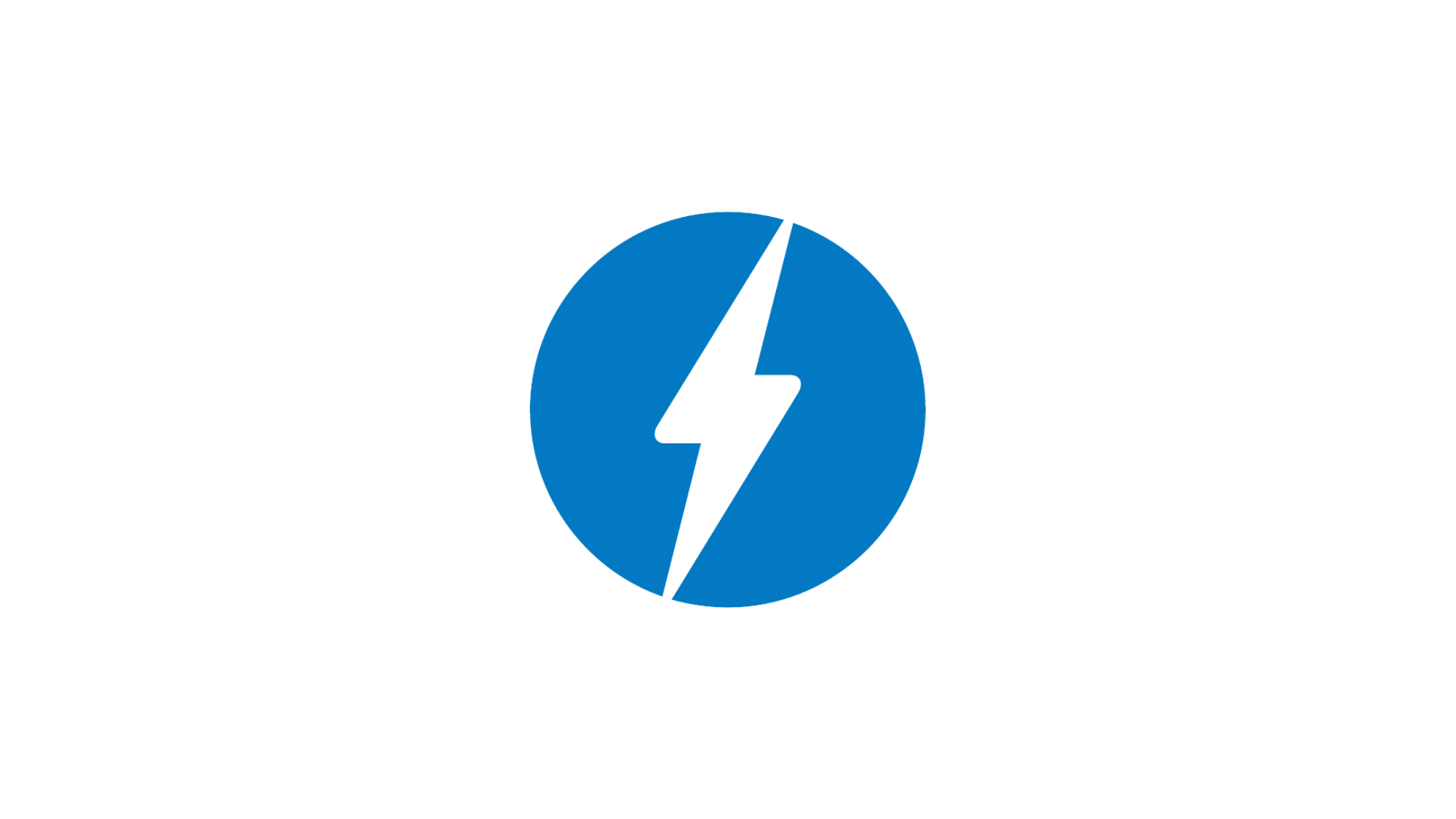
Why are digital publishers leaving AMP?
Until recently, Google’s message to publishers was loud and clear: If you want lightning fast mobile performance, implement AMP on your website.
And the publishers that complied were rewarded with more exposure in Google services such as Google News, Discover and the Top Stories carousel.
This carrot and stick approach worked. 31 million websites across the world have used AMP, including most of the media organisations that partner with The Code Company.
Their experience with AMP hasn’t always been positive, but what’s the alternative? Search is one of the best ways for readers to find content, and Google is obviously the unrivalled king of search.
Fortunately, Google has since removed the AMP requirement to qualify for the valuable Top Stories carousel, and it’s now possible to be featured by publishing quality content and having a high performing site. Imagine that!
Plenty of others have expressed anger about Google’s blatant coercion but that’s not what this article will do.
Instead, we’ll share our thoughts on :
- WHY so many publishers are choosing to move away from AMP; and
- WHERE you should invest your tech budget to yield better results for your media business.
The limitations of AMP for digital publishers
There’s no denying that AMP can give you a fast mobile web experience. However, the constraints can be challenging for a growing publisher:
Loss of creative control, ad revenue and subscribers
AMP pages are cached and hosted on Google servers. This means that when a reader clicks on an AMP result, they’re not actually directed to your website. Since Google removed the AMP logo from the search listing and hides the AMP url, the reader is none the wiser.
However, because ‘non essential’ elements’ (like branding, ads and rich media assets) are stripped back, your content may also fail to engage.
“The AMP versions of most pages are limited in functionality, so now users will be unknowingly stuck on an alternate version of the page they wanted to visit, with seemingly no way to see the real page.
Want to use the comments section, but the site you’re visiting hasn’t added comments to the AMP version? Well, sucks to be you, I guess”
As more publishers focus on driving subscriptions, the negative impact on lead generation can’t be underestimated. A 2021 study conducted by Kinsta revealed a 59% drop in mobile leads and 16.67% drop in email newsletter sign ups with AMP.
The cost of maintaining two sites
The decision to have an AMP site essentially means you’re committing to maintaining (and funding) two websites: Your single, responsive site for desktop, mobile and tablet plus an AMP version of every piece of content.
The AMP WordPress plugin does some of the heavy lifting but if you want to do any form of customisation (content personalisation, ad integrations etc) then you’ll need to do the work twice.
As SEO leader Barry Adams said back in 2018:
“If publishers had a choice, they’d ignore AMP entirely. It already takes a lot of resources to keep a news site running smoothly and performing well. AMP adds the extra burden of creating separate AMP versions of articles, and keeping these articles compliant with the ever-evolving standard”
But now you do have a choice. And if you’re not choosing AMP, what should you be investing in?
Alternatives to AMP for digital publishers
As we discussed in a previous article about why publishers need to think beyond page load time, performance isn’t just about speed.
The backbone of a high performing website is the technical infrastructure and engineering that ultimately leads to an improved UX and greater audience engagement.
If you build a solid site and focus on technical performance, you don’t need AMP
The Code Company is one of the few agencies worldwide that specialise in technical problem solving for digital publishers. In addition to building WordPress publishing platforms, a core part of our work is optimising existing websites for advanced content performance.
This work might include:
- Javascript clean up
- Building custom integrations to reduce your reliance on third-party plugins
- Optimisation of images and CSS
- Ad tech integration and set up
- Migration to faster, more secure hosting solutions
- Creating XML sitemaps
Our advice to digital publishers considering AMP:
For new projects that don’t currently heavily rely on AMP, we are currently recommending spending the effort that would go into AMP into performance and optimisation work on the core site. For sites that currently leverage AMP, our advice is to either maintain or phase out AMP support over time.
Our thoughts are echoed by Senior Digital Marketing Strategist at Upbuild James McNulty:
“Improving the performance impact of third-party scripts on a website takes time; results won’t come overnight, but by being patient and chipping away slowly, eventually these efforts will be rewarded.”
UpBuild
With this approach, you’ll only have one website to maintain and you’ll retain complete ownership of your tech, your decisions and your audience.

